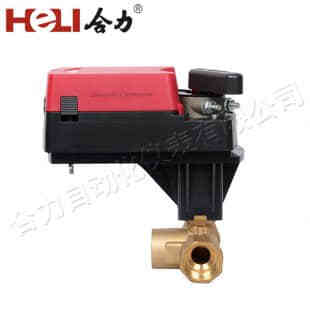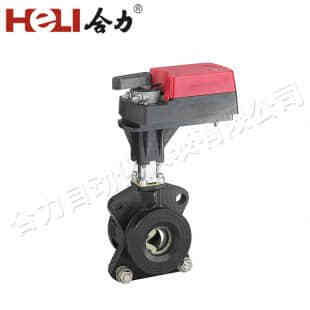Damper actuators are essential components in modern HVAC (Heating, Ventilation, and Air Conditioning) systems, used to regulate airflow and maintain optimal comfort within buildings. Their primary role is to control the position of dampers, devices that regulate the flow of air through ducts. By adjusting the damper, these actuators help ensure a consistent temperature and airflow, improving the overall efficiency of a building’s ventilation system. In this article, we will explore the purpose, functionality, types, and applications of damper actuators, shedding light on their importance in air management systems.

The Purpose of Damper Actuators

A damper actuator is a mechanical device that automatically adjusts the position of a damper. Dampers are typically installed in ventilation ducts and serve to control the volume of airflow, either by fully opening, partially opening, or completely closing the damper. The actuator uses a control signal from the HVAC system to adjust the damper’s position, ensuring that the right amount of air flows through the ducts at any given time. This level of control is crucial for maintaining the efficiency of HVAC systems. For example, in heating and cooling applications, damper actuators help direct air to specific zones or rooms that require heating or cooling, optimizing the energy usage of the system. Additionally, they ensure that the air distribution is balanced, preventing hot or cold spots in a building.
